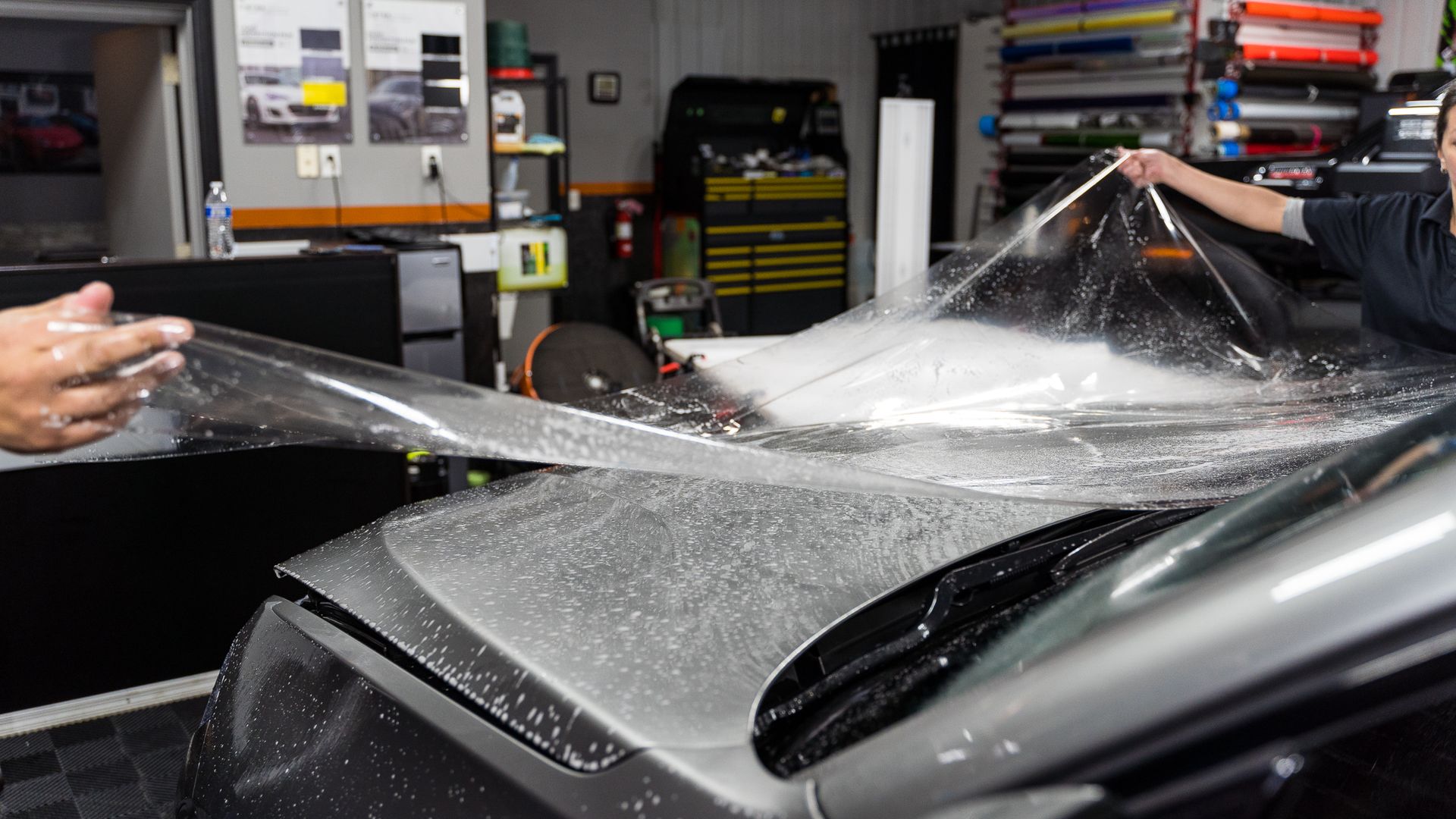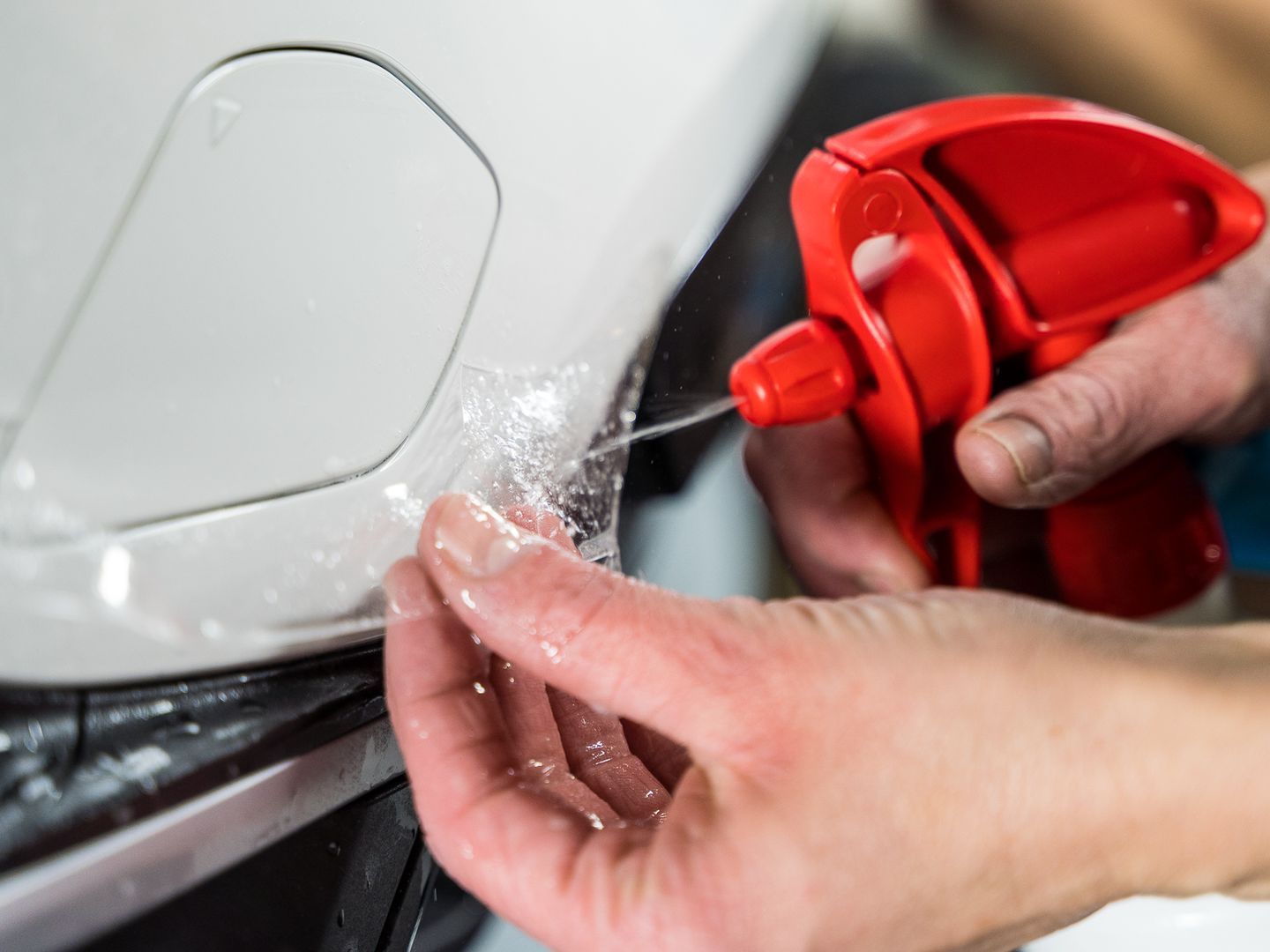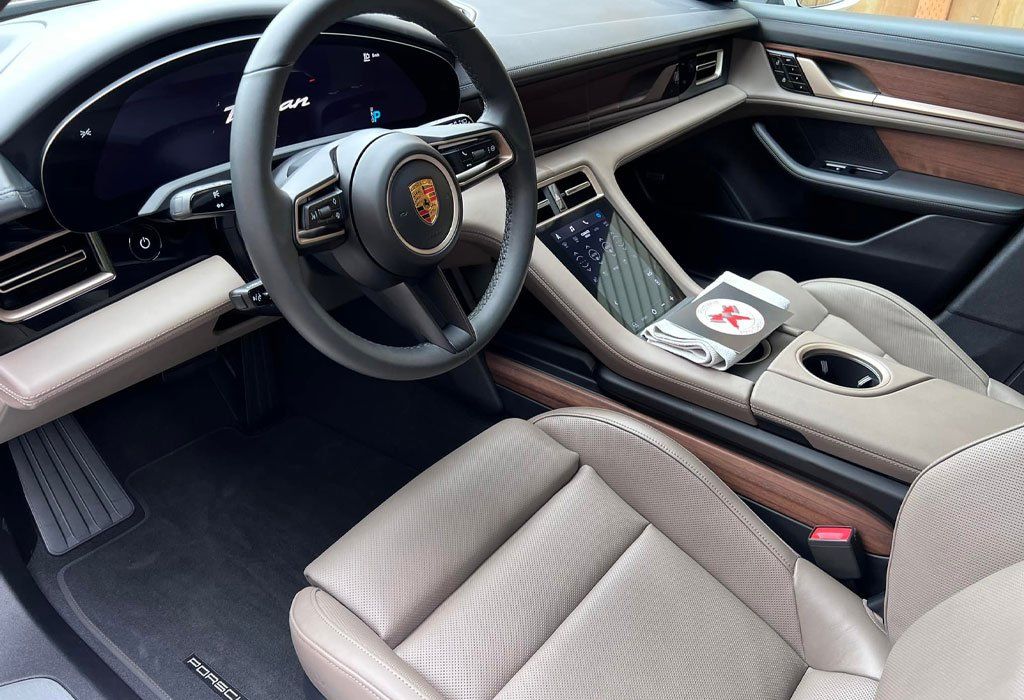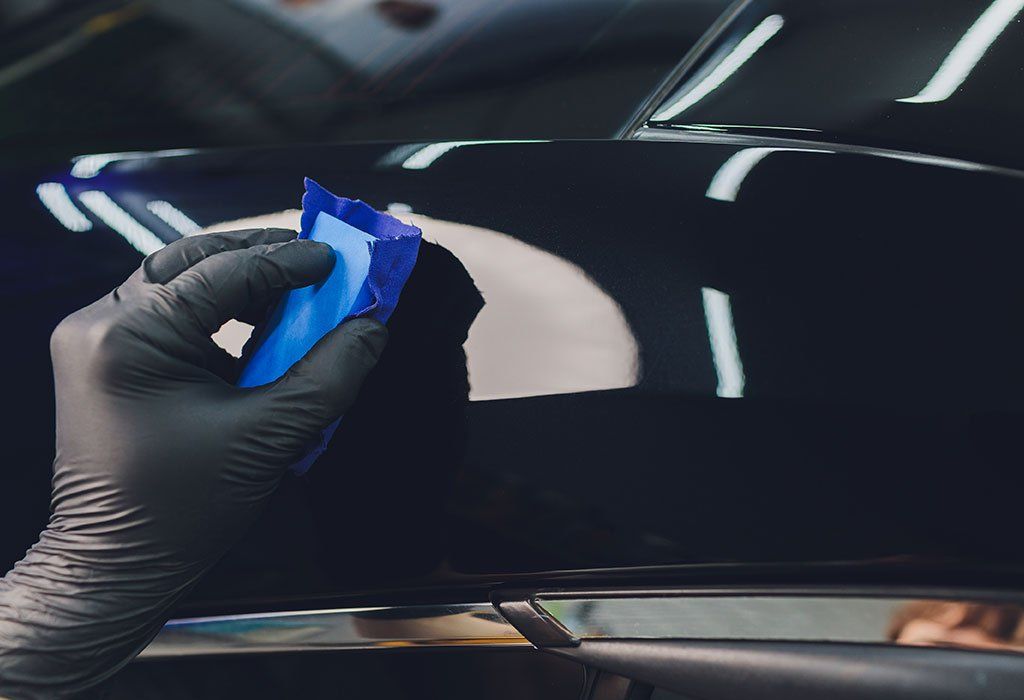PPF Maintenance Hacks: Ultimate Tips and Tricks to Keep PPF Pristine
CALL (503) 444-7415
Effective maintenance of your vehicle's paint protection film calls for mindful practice and gentle handling. Regular cleaning is key, steering clear of aggressive chemicals that could harm the film's integrity. Consider tactics such as parking in shades or using a car cover during long parking hours; these simple steps can minimize exposure to harsh environmental elements.
One effective paint protection film maintenance hack is to regularly wash the PPF with a neutral-pH cleaner and microfiber mitt to remove contaminants without causing damage. Additionally, consider applying a ceramic coating to the PPF to provide an extra layer of protection against environmental elements. These practices will help preserve the appearance and longevity of your PPF.
Tricks to Keep Your Paint Protection Film Pristine
Maintaining the impeccable state of your paint protection film can be effortless with a few crafty tricks up your sleeve. First and foremost, consider finding shaded parking spots on sunny days. UV rays from the sun are one of the most significant adversaries of your PPF, contributing to its degradation over time. Parking in shade not only protects your car's interior but also safeguards the paint protection film from unnecessary sun exposure. If finding a shaded area is difficult, using a car cover can act as a shield for the exterior of your vehicle, protecting it from potential damage from environmental factors. Investing in a high-quality, breathable car cover tailored to fit your specific make and model can offer an extra layer of protection for your PPF when parking for extended periods. This added layer serves as a barrier against bird droppings, tree sap, and other outdoor pollutants that might compromise the integrity of the film.
Regular cleaning is crucial to preserving the integrity of your clear bra. Incorporating this routine into your regular car maintenance will go a long way toward keeping your PPF looking pristine. Not only does cleaning prevent dirt and contaminants from adhering to the film's surface, but it also helps in maintaining the film's visual appeal. Grime, dirt, acid rain, bird droppings, and bug splatters can seep through pores or cracks in the paint protection film if not promptly addressed, resulting in potential damage to both the film and the paint beneath it. So, keeping it clean is vital.
By incorporating these clever tricks into your regular car care routine, you can ensure that your PPF remains in top-notch condition, allowing it to continue providing an exceptional level of protection for your vehicle's paintwork.
Maximizing Self-Healing Properties
PPF is a marvel of modern technology, with the ability to mend small scratches and swirl marks when subjected to heat, like sunlight. This self-healing process is truly remarkable; it's like having a magic touch that restores your car's surface flaws. So, how do we ensure this miraculous ability remains at its best?
When it comes to encouraging the self-healing process in your paint protection film, exposure to direct sunlight plays a crucial role. By parking your vehicle under the sun or using a heat gun, you can effectively activate and enhance the healing capabilities of the film. The heat penetrates the film and triggers the chemical compounds in the film to realign and smooth out small imperfections. This natural activation process provides your PPF with the power to effectively repair itself, ensuring that your car maintains its sleek appearance without the need for constant manual touch-ups.
The Role of Regular Maintenance
It's essential to understand that regular maintenance is vital for keeping the self-healing properties of your PPF intact. Gentle cleaning practices are necessary to preserve and optimize these capabilities. Neglecting proper maintenance can lead to a decrease in the effectiveness of the self-healing process over time. PH-neutral products are essential for cleaning paint protection films, as they prevent any corrosive or abrasive chemicals from damaging the film. Additionally, avoiding high-pressure washers that could lift the edges of the film is crucial to protecting its integrity. By maintaining a clean and smooth surface, you're allowing the self-healing properties to function optimally, ensuring any imperfections are swiftly corrected.
Consider this as nurturing your car's protective shield, just like how regular care keeps armor strong on a warrior. By embracing these practices, you're essentially empowering your PPF to combat wear and tear effectively, leaving your vehicle looking pristine every day. Understanding the intricacies of maximizing self-healing properties not only allows you to tap into the full potential of your paint protection film but also ensures that it remains effective in safeguarding your vehicle's surface from blemishes and imperfections.
Selecting Safe Products for Cleaning Paint Protection Films
When it comes to maintaining your paint protection film, choosing the right products for cleaning is critical. Using the wrong type of cleaner can compromise the integrity of the film, leading to preventable damage. It's like caring for delicate skin—you wouldn't use just any soap or detergent, would you? For instance, using regular car wash soap may seem harmless, but its chemical composition might not be suitable for the unique material of PPF. These soaps can contain harsh chemicals that could potentially break down the protective layer of your film over time.
To safeguard the effectiveness and durability of your PPF, always opt for pH-neutral soaps and shampoos specifically formulated for use on paint protection films. These products ensure effective cleaning without compromising the integrity of the film. On the other hand, it's crucial to steer clear of harsh chemicals, solvents, or abrasive cleaners that can damage the PPF. These aggressive substances can eat away at the protective layer of the film, defeating its purpose and leaving it vulnerable to wear and tear. While it may be tempting to use all-purpose cleaners or strong degreasers for tougher stains, they pose a significant risk to your PPF's well-being.
Opting for safe and PPF-specific cleaning solutions, such as those offered by reputable brands, ensures that your film receives proper maintenance without compromising its protective properties. So, when it comes to cleaning your paint protection film, remember: not all soaps are created equal. Investing in quality, specifically formulated products protects your PPF investment and keeps it looking pristine for years to come.
Routine Cleaning and Maintenance of PPF
Imagine your car's paint protection film as a shield, constantly under attack from various elements like dirt, grime, and environmental contamination. To maintain its integrity and ensure it remains effective, establishing a routine cleaning schedule is paramount. Aim to clean the film every 1-2 weeks to protect it from harmful agents that can gradually compromise its protective capabilities. Using a pH-neutral cleaning product is crucial when maintaining PPF. Why does pH matter? Well, pH-neutral products are gentle on the film, ensuring that it isn't damaged by corrosive or abrasive chemicals commonly found in stronger cleaners. By using these products, you're effectively prolonging the life of the PPF and maintaining its aesthetic appeal.
Additionally, avoiding high-pressure washers is essential, as they can lift the edges of the film. This lifting can lead to water intrusion under the film, impacting its adhesive properties and potentially causing damage. It's important to treat your PPF with care during cleaning to ensure it continues to provide the protection your vehicle needs. Regular maintenance isn't just about aesthetics; it's about preserving the functionality of your PPF too. Without diligent care, dirt, grime, and environmental contamination can seep into pores or cracks in the film, gradually compromising its protective properties and potentially leading to permanent damage.
By incorporating regular cleaning and maintenance into your car care routine, you're actively safeguarding the longevity and effectiveness of your paint protection film. It's an investment that pays off by ensuring the continued protection and pristine appearance of your vehicle. Maintaining your PPF might seem like a chore, but it truly is a labor of love for keeping your vehicle looking sharp and well-protected. With these simple maintenance tips, you can enjoy peace of mind knowing that your beloved car is shielded against the elements.
Paint Protection Film Experts in Portland, OR
Trust the expertise of Portland Pro Detail for
superior paint protection film services in Portland, OR. Our skilled technicians specialize in providing a virtually invisible shield that defends your vehicle's paint against road debris, rock chips, bug splatter, and environmental contaminants. Ensure your car's aesthetic appeal and resale value with our precision-applied protective films. Portland Pro Detail's commitment to quality and attention to detail sets us apart as the go-to paint protection film experts. Invest in the longevity of your vehicle's finish and enjoy peace of mind on the road. Schedule your appointment today and let our professionals preserve the beauty of your car with unmatched precision and care. Drive confidently with Portland Pro Detail, where excellence meets protection! Call us at
(503) 444-7415 or visit our website at
https://www.pdxprodetail.com/!
Portland Pro Detail Blog






